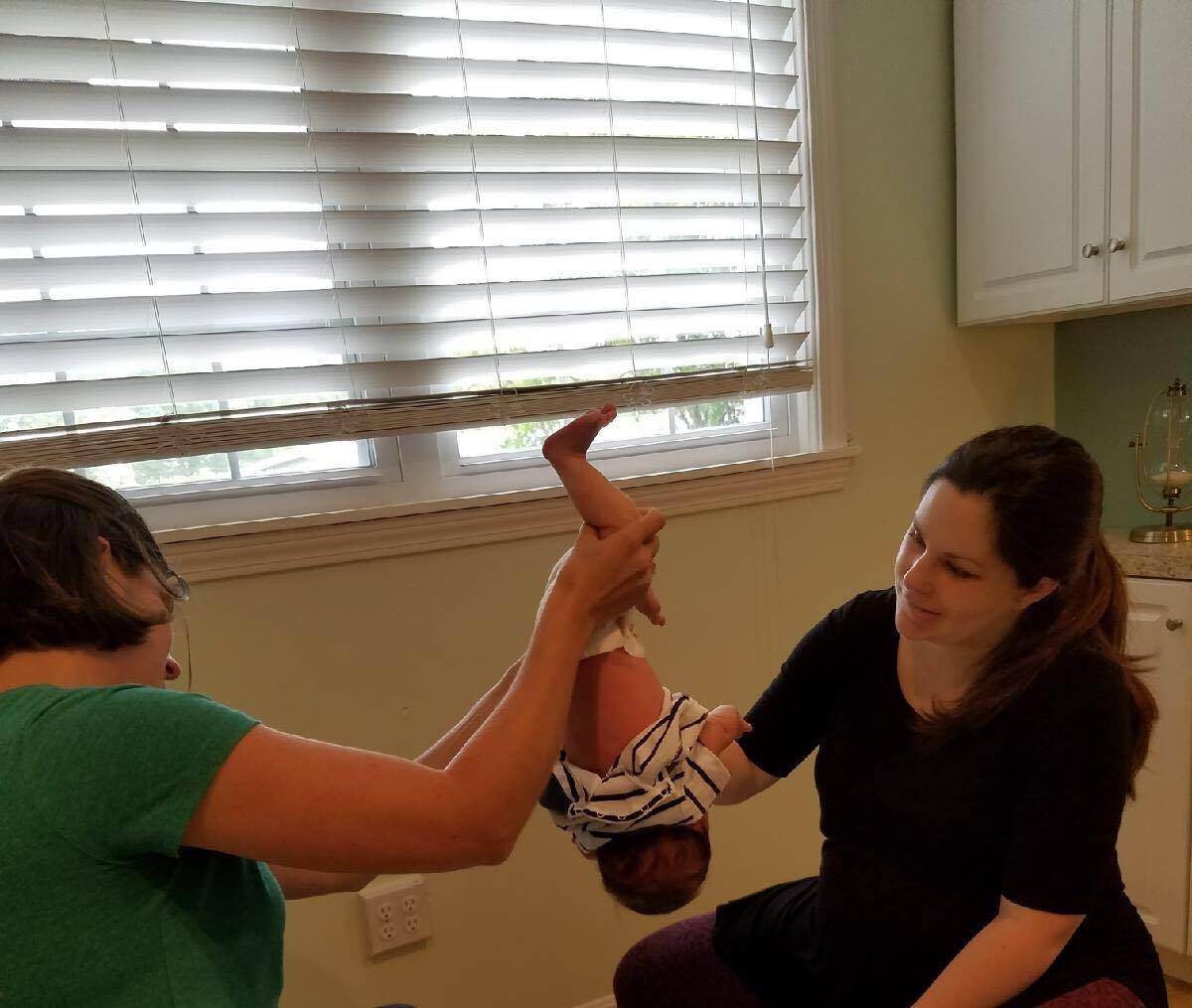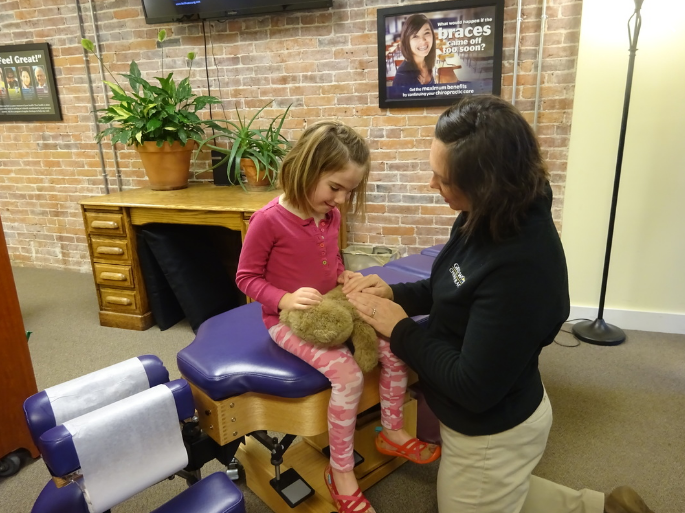When I had my first baby I thought I understood that babies sometimes just cry. I was okay with that and pretty certain that when the time came I’d be cool, calm, and collected. I wasn’t prepared for the hormonal agony of a crying baby.
Colic 101
The fact is that many babies cry, A LOT, and there are a variety of theories out there as to why. Colic is one of the many terms associated with infant crying. The What to Expect website defines colic as “a catch-all term for problem crying in otherwise healthy babies”. The National Center for Shaken Baby Syndrome has coined the term “Period of Purple Crying” as part of its program to prevent the shaking and abuse of infants and educate parents and caregivers about infant crying. The program rejects the term colic because it sounds like it is an illness or a condition that is abnormal rather than a normal part of every infant’s development.
For what it’s worth my daughter wasn’t the most colicky baby ever. I’d say that her colic was mild, but the endless evening crying was still hell. I tried everything; increased burping, bicycling her legs, gripe water, warm baths, and on and on. She eventually outgrew it as babies tend to do and the next phase brought its own host of parenting trials.
And then a revelation.
Nearly two years later as I was preparing for baby number two I was determined to be better prepared for all those litte/big things that tripped me up as a first time mom. I was researching colic when I stumbled across this video featuring Dr. John Edwards of Mama’s Chiropractic Clinic in Florida. Dr. Edward’s theory is that the traditional method of diaper changing in which you hold a child’s ankles and lift their bottom causes strain on the nerve root connected to the intestines and that it is this dysfunction that causes colic.
My Anecdotal Two Cents.
At the time I had never received chiropractic care and the sum of what I knew about it came from the neck cracker stereotype we see on television. The roll diaper change technique may not be as convenient, but honestly, if it meant preventing a colicky baby I was willing to be inconvenienced to any extent. We began using the roll technique with Tabitha while she was still in the hospital and continued until about five months and guess what? She never had colic. There was not one night of witching-hour screaming. Now can I say for sure that changing her on her side rather than her back was the reason? No. Perhaps my baby is just one of those completely non-fussy babies. What I can say is that if I have another, I will absolutely do the same thing and I would recommend it to anyone else with a newborn.
Another Seacoast Mom Weighs In
 [box style=”rounded” border=”full”]While I was putting this piece together my friend Melissa, a fellow Seacoast mom who has just given birth to a beautiful, healthy baby boy posted this pic with the caption, “Jacob loves Dr. Loni at In Touch Chiropractic! He has been a little fussy and gassy so I knew he needed an adjustment. Immediately he felt relief and even fell asleep on the table!” She says that she has used chiropractic care for her daughters in the past when they had need, but not as infants. She said that she knew she wanted to bring Jacob to the chiropractor since he was born via c-section which leaves the baby without the benefits of squeezing that a baby gains via vaginal birth. “I think other moms should know the benefits of adjusting their children because it is preventative care. We tend to think of it as a solution when something bad happens. However, so many ailments can be either prevented or treated by caring for your spine health.”[/box]
[box style=”rounded” border=”full”]While I was putting this piece together my friend Melissa, a fellow Seacoast mom who has just given birth to a beautiful, healthy baby boy posted this pic with the caption, “Jacob loves Dr. Loni at In Touch Chiropractic! He has been a little fussy and gassy so I knew he needed an adjustment. Immediately he felt relief and even fell asleep on the table!” She says that she has used chiropractic care for her daughters in the past when they had need, but not as infants. She said that she knew she wanted to bring Jacob to the chiropractor since he was born via c-section which leaves the baby without the benefits of squeezing that a baby gains via vaginal birth. “I think other moms should know the benefits of adjusting their children because it is preventative care. We tend to think of it as a solution when something bad happens. However, so many ailments can be either prevented or treated by caring for your spine health.”[/box]
Ask An Expert
An Interview With Dr. Briana Duga of Great Works Chiropractic in South Berwick.
First can you give a little background about yourself and your experience with treating children?
How valid is the technique Dr. Edwards shows in the video?
Is it something you think might be helpful?
Are there other methods parents can use to promote a healthy spine in our infants?
There are so many things that parents can do to help promote healthy spinal development. One thing that I see a lot is babies being encouraged to sit up before they have appropriate core strength. We see this in the form of Bumbo seats, play stations, walkers and jumpy things – anything that allows them to sit up for long periods before they are ready. Babies will move their bodies to the next level of physical fitness when they are ready. We are often too excited to see them advance in skills.










